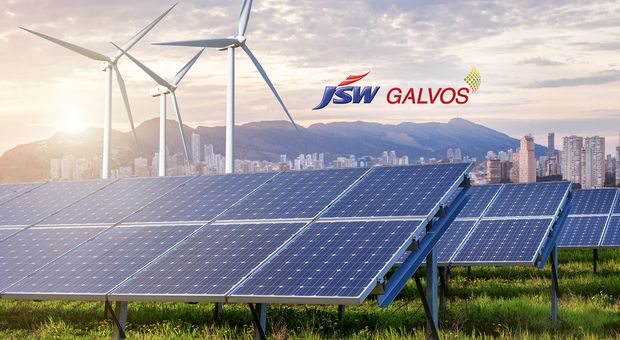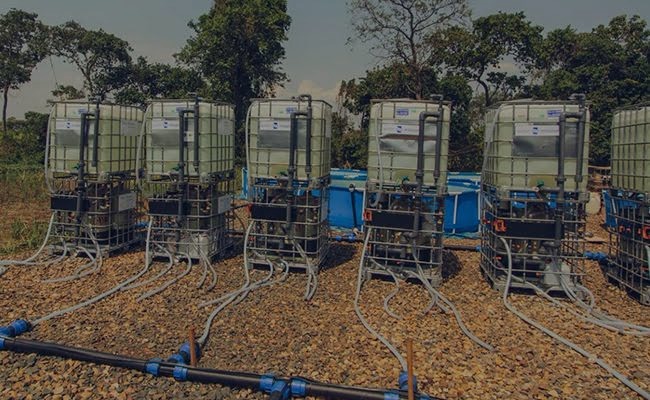India’s major renewable energy push could be as much about poverty reduction and job creation as it is about energy security and climate change.
The Narendra Modi government aims to install 175 gigawatts (GW, 1 GW = 1,000 megawatts) of renewable energy capacity in the country by 2022—and this is expected to create over 330,000 jobs over the next five years.
“Although direct employment benefits will not be large, relative to India’s economy and its millions of poor citizens, the new jobs can make a difference to rural poor people, especially women, who have few formal sector employment opportunities,” according to a report (pdf) by the US-based World Resources Institute (WRI).
These opportunities could be in the skilled, semi-skilled, and unskilled categories, spanning functions such as construction, project commissioning and design, business development, and operations and maintenance, as per the report.
On average, a 10 megawatts (MW) or 25 MW solar power plant requires roughly 40 skilled and 80 unskilled employees throughout the project’s life-cycle; nearly 2.9 million workers would be required to meet the 100 GW power target, according to the report. Similarly, the WRI estimates the 60 GW wind energy target will create around 30,000 jobs.
Today, the clean energy sector in India employs an estimated 103,000 people in the solar power sector and around 48,000 in the wind sector, according to a report from the International Renewable Energy Agency (IRENA).
However, ensuring that the employment potential of the sector is realised requires decisive action.
“Unless decision-makers act, this growth (in the clean energy sector) will leave the rural poor behind, unable to attain the thousands of new jobs created. Now is the time for leaders in business and government to build a clean energy sector that delivers electricity and employment to poor communities across India,” Bharath Jairaj, the director of WRI India’s energy programme and lead author of the report, said in a statement.
How to get things going
Training is key to tapping the fledgling clean energy industry’s potential, particularly so because plants are often located in areas away from urban centres, where people have few sector-specific skills.
While there’s no dearth of training institutes across the country, enrolling and completion of training isn’t easy. Many such centres themselves are located in towns and cities, not easily accessible to rural Indians, especially women, the report says. “Most training institutes refuse to admit applicants without a secondary school education, locking out the 60% of poor Indians who are either illiterate or received just a primary school education,” the WRI said.
Moreover, even those who complete the training needn’t always get jobs. Then there is the problem of up-do-date curriculum.
“The institutes’ curricula don’t often align with industry needs, making it difficult for graduates to secure good-quality jobs,” Pamli Deka, the manager of WRI’s Electricity Governance Initiative and co-author of the report, said in the statement. “In fact, we found that many clean energy employers prefer to train people they hire, because they believe the training institutes fail to provide the required and relevant skills.”
Government role
Obviously, the government will need to step in to fix these issues.
“Job opportunities will be created by the renewable energy industry, not the government—but government support to finetune the ecosystem to support the inclusion of the people who need the jobs will help enhance the poverty-reducing impacts of the jobs,” WRI said in the report.
Authorities should consider developing training programmes for entry-level jobs, coupling them with other types of technical training. The social responsibility arms of large firms could be tapped for financial support and technical assistance, the WRI added.
Besides, for it all to have an impact on poverty reduction, the jobs must ensure reliability of income, healthcare benefits, safety policies, training opportunities, and other such elements, the WRI report said. Most jobs in the sector today are contractual and do not offer benefits or stability.
Source: https://qz.com/1136988/with-the-right-moves-indias-renewable-energy-push-could-lift-thousands-of-rural-workers-out-of-poverty/


